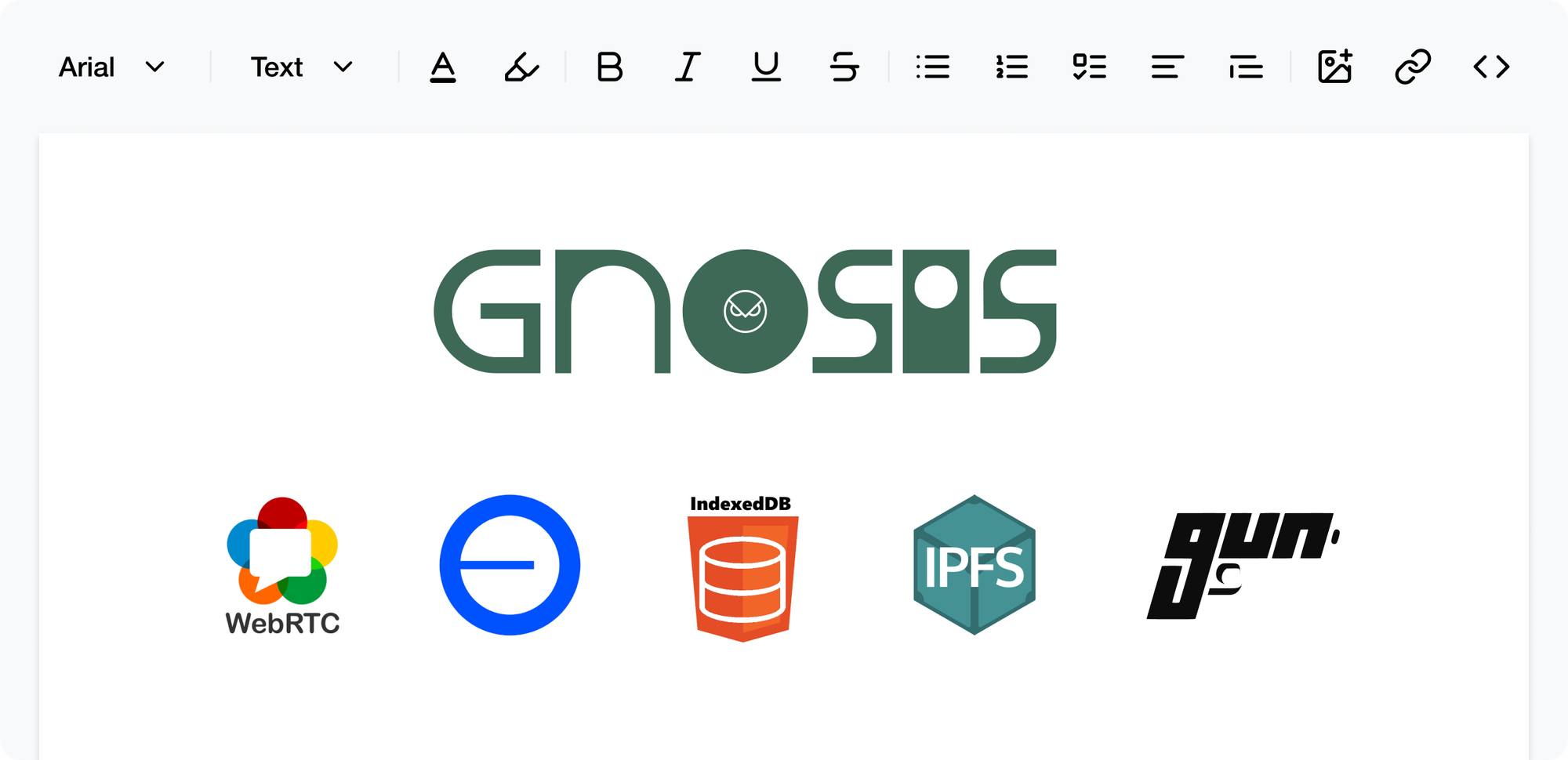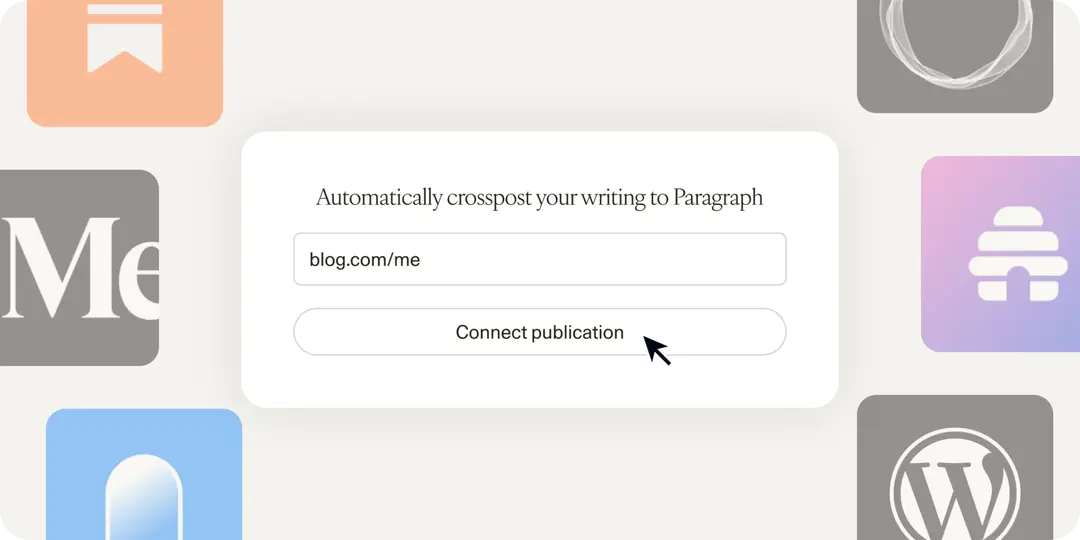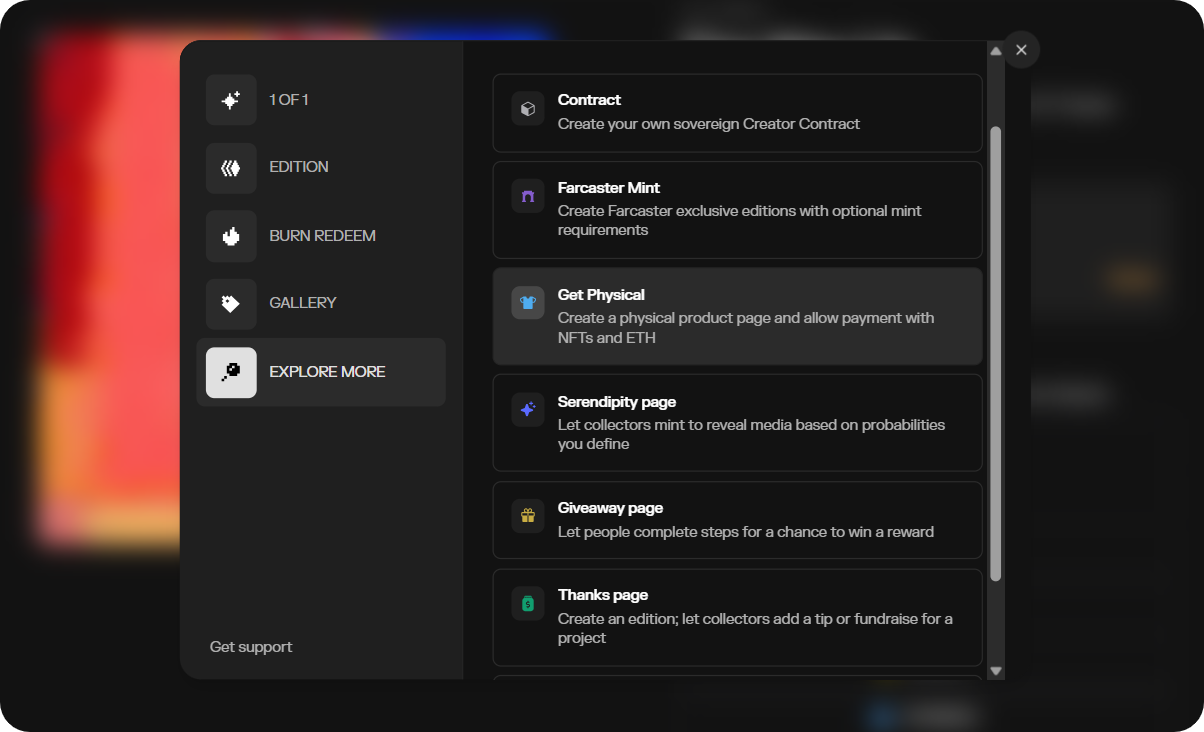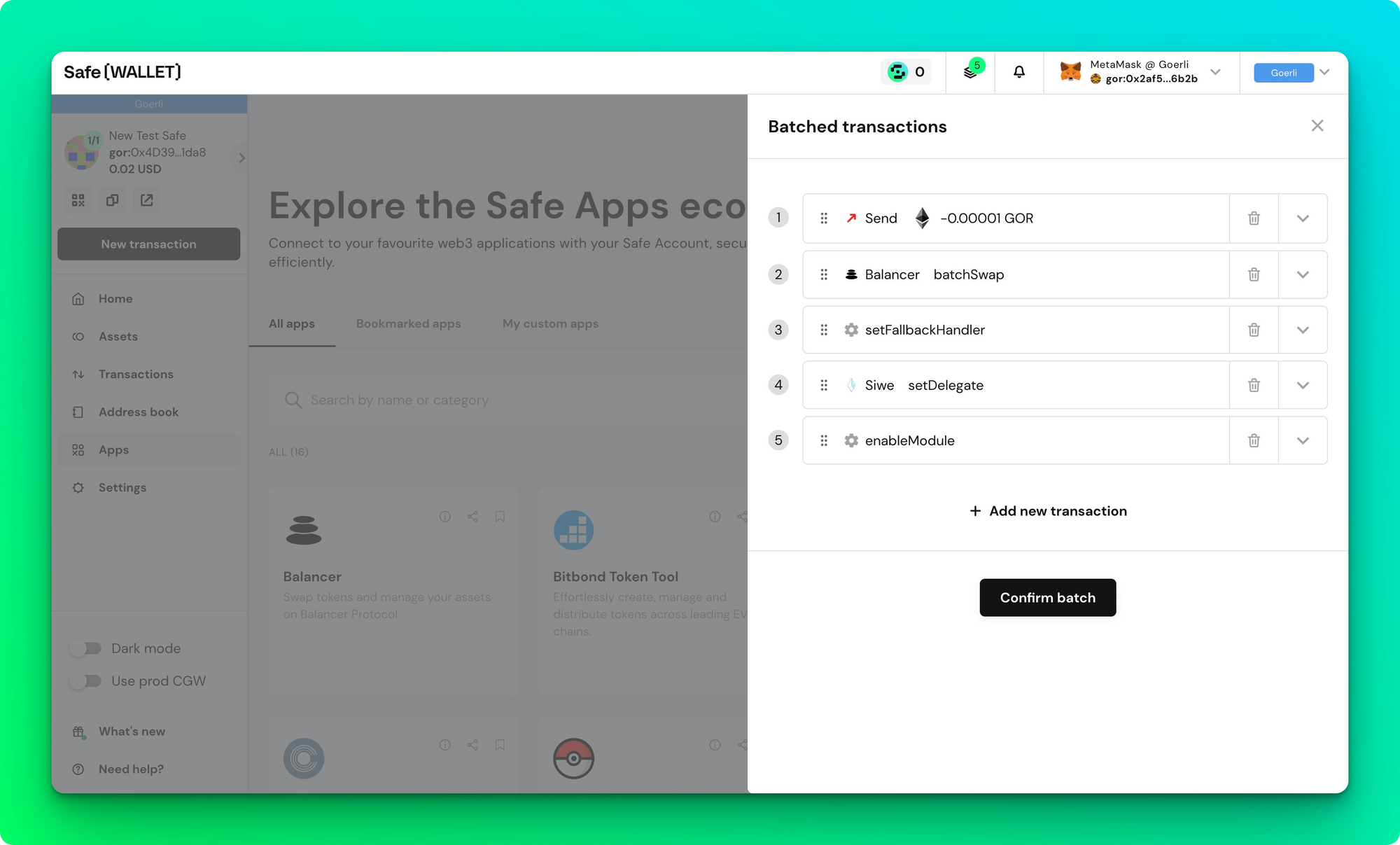How to Self Publish a Book with Onchain Tools

My friend who knows I write fiction asked me recently if I'd ever thought about publishing a book onchain.
In truth, it's something I've thought a lot about. And I've been experimenting around this idea since 2021, when I released an NFT-gated poetry manuscript on Rarible.
That said, much has changed over the past four years, namely the quantity and quality of DIY onchain tooling that's available.
So in our current landscape, what might an onchain book release flow look like? I'm not some major publishing authority, but I am a writer and an explorer of decentralized apps, so let's walk through some of my ideas on how you could get started here.
Backup your draft
Firstly, how about securing your final draft with some decentralized redundancy? For this, consider Fileverse's dDocs, a private, peer-to-peer, and onchain alternative to Google Docs where you can paste in and save your work. This way, you'll always have an extra copy that's not dependent on web2 rails. You can also share your dDocs draft link with beta readers if you're interested in fielding a final round of feedback.

Make a website
Now let's say you want to create a website for your book, but you also wanted the domain and hosting to be decentralized. An option here is the Ethereum Name Service. This would make it so you could enter something like "mybook.eth" into a web3 browser like Brave to go straight to your site. Alternatively, you could input the .link or .limo gateways in regular browsers like Chrome, e.g. vitalik.eth.link. To try this, you'd need to upload your website files to IPFS and then point your ENS name toward that; check out this guide on how it works.

Setting up socials
As you gear up for release, you'll want to create outlets where you can inform and engage with your community of fans. For longform announcements and updates, consider an onchain publishing platform like Paragraph. Its storage is underpinned by Arweave, its posts double as digital collectibles, and it also supports automatic crossposting, so you can publish on web2 platforms like Substack and on Paragraph simultaneously.
Another interesting place for settling in is Farcaster, where you can set up a dedicated channel for your community, make mini apps around your release, etc. There's a range of existing mini apps you might find useful here, too, like Seed Club's Crowdfund, e.g. if you wanted to raise funds for creating physical copies of your book.

Running your drop
There's a direct way and an indirect way to release your book onchain. The first digitally-native path involves doing an NFT drop where the NFTs themselves are tokenized PDF files. The catch here? Not many platforms support minting PDFs. Zora used to, but no longer does. I'm only aware of Objkt on Tezos that currently offers this support. Still, this is an avenue to explore if you're not interested in publishing physical copies of your book.
If you are interested in releasing physical copies, but you also want to readily accept crypto payments, then check out the onchain creator suite at Manifold. Not only does its Studio platform offers lots of NFT minting styles in general, it also provides a Get Physical tool for creating pop-up shops for physical products, e.g. your book. Users can pay via ETH or by burning NFTs you specify. Note that Manifold has also created a Shopify Merch Bridge, which you can use to gate merch opps exclusively for your holders.

Managing your funds
Whether you go the PDF or the digi-physical route, if your book sale goes well, remember to set aside whatever you need for taxes. Better to do that immediately rather than waiting, e.g. lest the ETH you received drops in value and you have less on hand to cover your tax bill later.
After that, you'll have a chunk of spare funds from your earnings. If you want to hold this crypto securely while still putting some of it to use onchain, you could spin up a Safe multisig vault underpinned by multiple wallets. This way, you won't have to worry about a single point of failure, and you can also use the Safe Apps hub to earn from your ETH in DeFi through platforms like DeFi Saver, Lido, Yearn, and beyond.

That's the gist of how you might go about an onchain book release these days. Of course, you could adapt this flow to other physical products that aren't books as well, like signed art prints or toy figurines—up to you.
Ultimately, this article demonstrates how you can assemble onchain culture legos for your own creative projects. The tooling around us is good enough and varied enough now, and can be combined in many different ways, such that we're limited mainly by our imaginations here. And that's a good problem to have.
So when you're thinking about all the cool projects around us currently, resist thinking about them in isolation. Instead, consider how they can be woven together toward new or underexplored ends. The DIY possibilities onchain are wide open like never before, so now's a great time for creators to dive in!